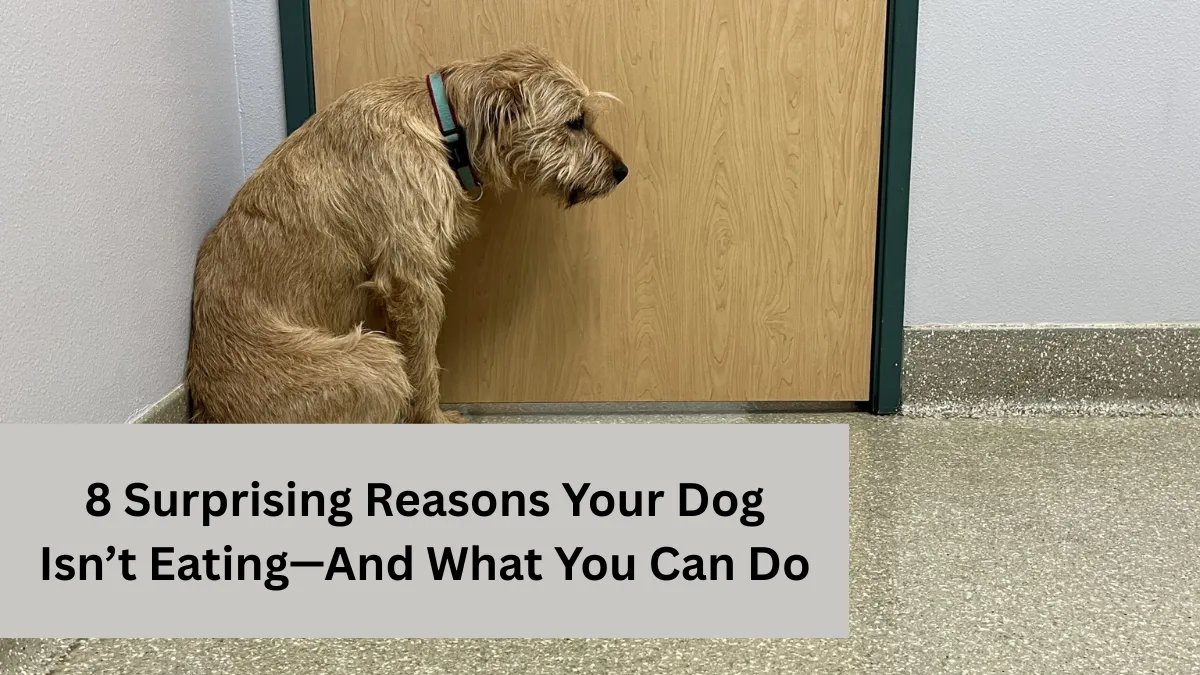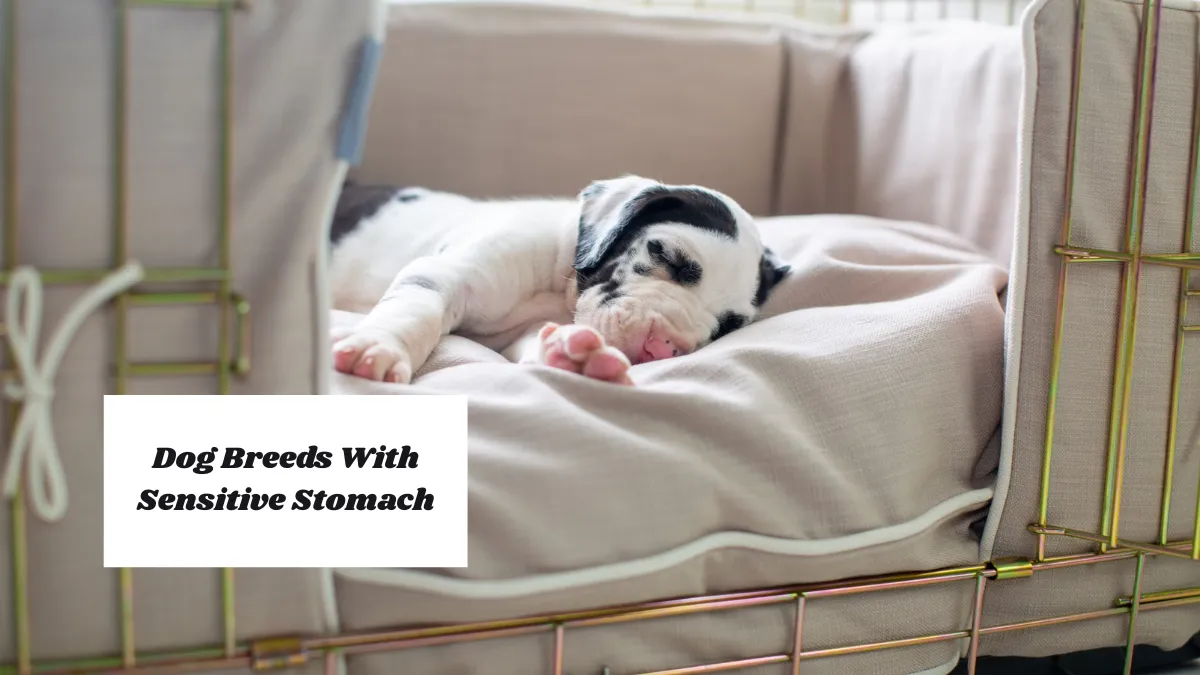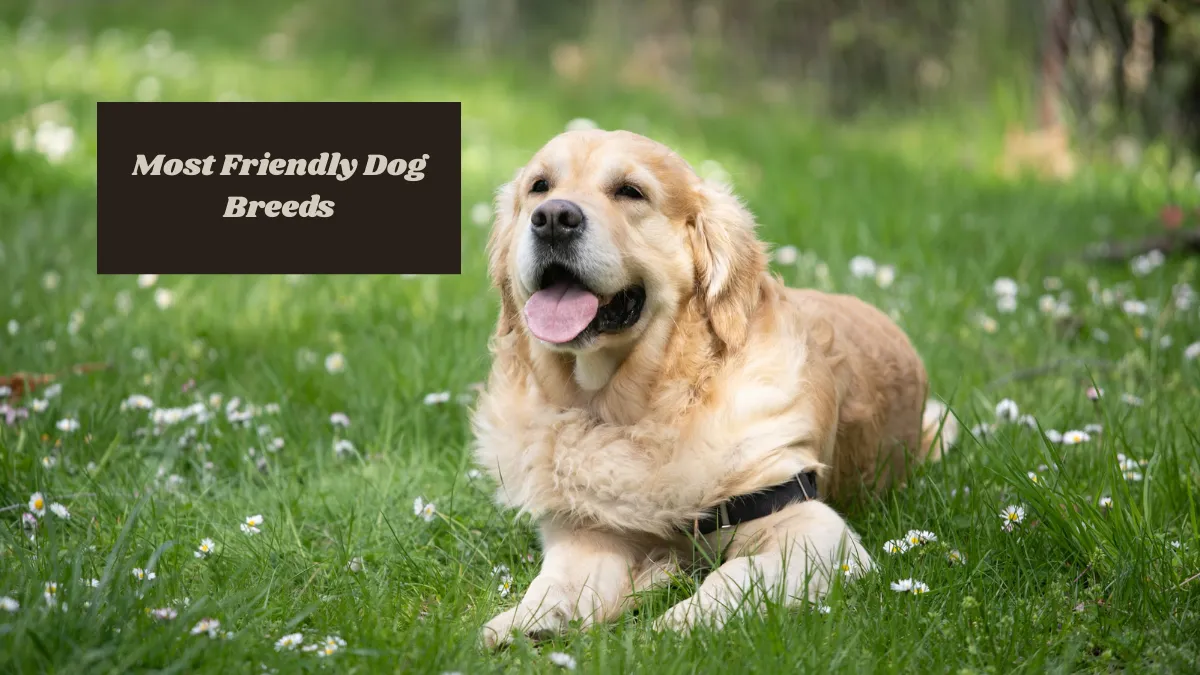Noticing your dog turning away from food can be alarming, especially if it continues beyond a meal or two. While it’s normal for dogs to skip meals occasionally, a persistent lack of appetite may indicate an issue that shouldn’t be ignored. Whether the cause is physical, emotional, or behavioral, identifying the reason behind their food refusal is the first step toward finding a solution. Here are eight lesser-known causes of appetite loss in dogs—and what you can do to encourage healthy eating again.
Dental Discomfort or Mouth Pain
Pain in a dog’s mouth can be a hidden but significant reason they avoid eating. Issues like tooth decay, inflamed gums, oral injuries, or even tumors can make chewing an unpleasant experience. You might notice your dog attempting to chew only to stop suddenly, favor one side of their mouth, or let food fall out. In many cases, other symptoms such as bad breath, drooling, or bleeding around the gums might appear. These signs can indicate discomfort that prevents your dog from eating as usual or at all.
What You Can Do: Make an appointment with your veterinarian for a dental exam. If oral pain is present, treatments like cleaning, extractions, or antibiotics may be needed. Until then, consider feeding soft, moist food or soaking dry kibble in warm water to ease discomfort and help your dog eat more comfortably.
Side Effects from Vaccines or Medications
A drop in appetite after a vaccination or new medication is more common than many dog owners realize. Immunizations like rabies or distemper shots can temporarily affect your dog’s appetite, especially within the first 24 to 48 hours. Likewise, certain drugs—especially antibiotics and anti-inflammatories—can cause nausea, leading your dog to turn away from food. You might also see mild lethargy or stomach discomfort as side effects that impact their usual eating habits during this period.
What You Can Do: Keep an eye on your pet for the next day or two. If they continue to drink water and seem otherwise normal, the issue may resolve on its own. If symptoms worsen or your dog refuses food for more than two days, consult your vet. A different medication or an added anti-nausea treatment might be necessary to make them comfortable again.
Stress or Anxiety in Their Environment
Dogs are highly sensitive to environmental changes and emotional stressors. A recent move, loud noise from storms or fireworks, or even the arrival of a new pet or family member can throw them off. Behavioral symptoms often include pacing, hiding, excessive grooming, or decreased interest in toys or meals. For some dogs, these changes can be enough to cause a complete loss of appetite until they feel safe or settled again.
What You Can Do: Identify possible stress triggers and try to reduce or remove them. Maintain a regular routine for meals and walks to promote stability. Using calming aids like pheromone diffusers, anxiety wraps, or soft music can also help. If the anxiety is severe, your veterinarian might recommend natural calming supplements or behavior modification therapy.
Food Change or New Feeding Habits
Dogs can develop strong preferences for certain tastes and textures. Introducing a new brand, recipe, or even altering their feeding schedule may result in meal refusal. Sometimes, something as minor as changing the food bowl or feeding location can disrupt their routine and turn them off their food. If your dog has recently experienced a dietary or environmental change, it might be the culprit behind their loss of appetite.
What You Can Do: If you switched foods, transition gradually by mixing the new food with the old over a week. This allows your dog to adjust to the new taste and smell. Keep meal times and the feeding area consistent, and avoid frequent changes unless necessary. Some dogs respond well to being fed in a quieter or more private location.
Underlying Illness or Digestive Upset
Loss of appetite can often be an early warning sign of illness. Conditions like kidney disease, liver problems, intestinal infections, or blockages can make dogs feel nauseated or lethargic. You may also observe vomiting, diarrhea, bloating, or a clear drop in energy. Even if these signs are subtle, it’s important not to dismiss them, especially if the refusal to eat lasts for more than a day.
What You Can Do: Seek veterinary care promptly if you suspect your dog may be unwell. Your vet may recommend diagnostic tests to identify the underlying issue and begin treatment. In the meantime, ensure your dog has access to fresh water and monitor their behavior for any changes. Early intervention can lead to better recovery outcomes.
Aging and Declining Sense of Smell
As dogs grow older, their ability to smell and taste food can decline significantly. This loss of sensory input can make meals less appealing and result in selective eating or total disinterest. Older dogs may also struggle with other age-related conditions like arthritis, dental disease, or reduced digestive function that contribute to changes in appetite or eating behavior.
What You Can Do: Warm up your dog’s food slightly to enhance its aroma and make it more enticing. Switch to senior-specific diets that are easier to chew and digest. Soft, high-moisture foods are especially helpful. Regular checkups can help track age-related health concerns and ensure their diet meets their changing needs.
Learned Picky Behavior or Seeking Attention
Dogs are intelligent and can learn quickly how to manipulate mealtime. If you’ve been giving treats, hand-feeding, or offering special foods when your dog skips meals, they may start refusing regular food in hopes of getting something better. Over time, this behavior can become a habit and lead to long-term picky eating patterns that are difficult to reverse.
What You Can Do: Set firm but fair meal boundaries. Offer food at scheduled times and remove the bowl after 20 minutes, regardless of whether your dog eats. Avoid reinforcing bad habits by resisting the urge to offer snacks or treats afterward. With patience and consistency, your dog will learn to eat what’s given or wait until the next meal.
Spoiled or Unappealing Food
Dogs can detect spoiled food even before humans notice a problem. If the food has gone stale, contains mold, or has been contaminated in some way, your dog may instinctively avoid it. This issue often arises after opening a new bag of kibble, especially if it’s improperly stored or has been exposed to heat, moisture, or air for extended periods.
What You Can Do: Always check the expiration date and look for signs of spoilage such as mold or off smells. Store dry food in airtight containers away from direct sunlight or humidity. If you’re unsure whether the food is still good, replace it with a fresh supply and observe whether your dog’s appetite improves after the switch.
Final Thoughts
Feeding issues in dogs can be complex, with emotional, physical, and behavioral factors all playing a role. If your dog is refusing food, it’s important to observe closely, make thoughtful changes, and consult your veterinarian if the problem continues. By staying proactive and patient, you can often identify the root cause and restore your dog’s healthy eating habits.
FAQs
1. How long is it safe for a dog to go without eating?
Most healthy dogs can go 24–48 hours without eating, but longer periods may signal illness and require veterinary attention.
2. Should I be worried if my dog skips one meal?
Not always—missing one meal is often harmless. Monitor for other symptoms like vomiting or lethargy that might indicate a deeper issue.
3. Can I give my dog treats if they’re not eating meals?
Avoid giving treats during this time as it can reinforce picky behavior and delay identifying the real reason for food refusal.
4. What should I do if my dog isn’t eating but is drinking water?
Continue monitoring them. If appetite doesn’t return within 24–48 hours, or other symptoms appear, contact your veterinarian for guidance.




